Azure HPC helps Microsoft Surface to create cutting-edge products faster
The process took days, but now it takes hours
2 min. read
Updated on
Read our disclosure page to find out how can you help Windows Report sustain the editorial team. Read more

The Microsoft Azure High-Performance Computing (HPC) has the power to speed up the simulation process used by Microsoft Surface. With it, the team can test and implement new features and increase the reliability of their products. On top of that, it is easier to use simulations to find the best design. In addition, the Azure HPC can save time and costs while revolutionizing the development process.
Engineers used Azure HPC to conduct structural simulations to address problems related to robustness and reliability metrics. Prasad Raghavendra, with Pritul Shah and Jarkko Sihvonen, expanded the use of this technology across the company. As a result, they formed a global simulation team. In addition, the Surface IT and Azure HPC teams deployed computing servers in diverse regions.
How does the Microsoft Azure HPC and Surface process work?
The teams built a primary development tool for product design using Abaqus and Azure HPC technology. Afterward, they successfully transferred computer-assisted designs (CADs) in detail into the FEA model. Then, analysts used these detailed models to simulate real-world stress and test the reliability of their products in virtual environments.
If the virtual tests are successful, engineers create physical prototypes. Then, researchers evaluate them in real-world situations. During the last step, analysts check the differences between the FEA and real-world results for model validation before making the final product.
Virtual testing using the Azure HPC and Abaqus saves time and money by reducing the time spent creating physical prototypes. This process works by combining Azure’s capability of running multiple simulations with the Abaqus solver, known for generating accurate virtual high-speed impacts.
This combination of Azure HPC and Abaqus makes the simulation process take hours instead of days. Afterward, analysts review the results and make design updates to make the products sturdier. In addition, engineers execute thousands of simulations weekly to develop cutting-edge products.
Ultimately, Microsoft Azure HPC and Surface teams want to deploy multiple resources for multi-physics modeling. As a result, the engineers from multidisciplinary teams could also contribute to technological advancements. Additionally, Microsoft wants to add AI to improve product design and development. On top of that, they are implementing model-based systems engineering for better efficiency. Also, World-class organizations could benefit from partnering with Azure.
What are your thoughts? Do you own a Surface product? Let us know in the comments.

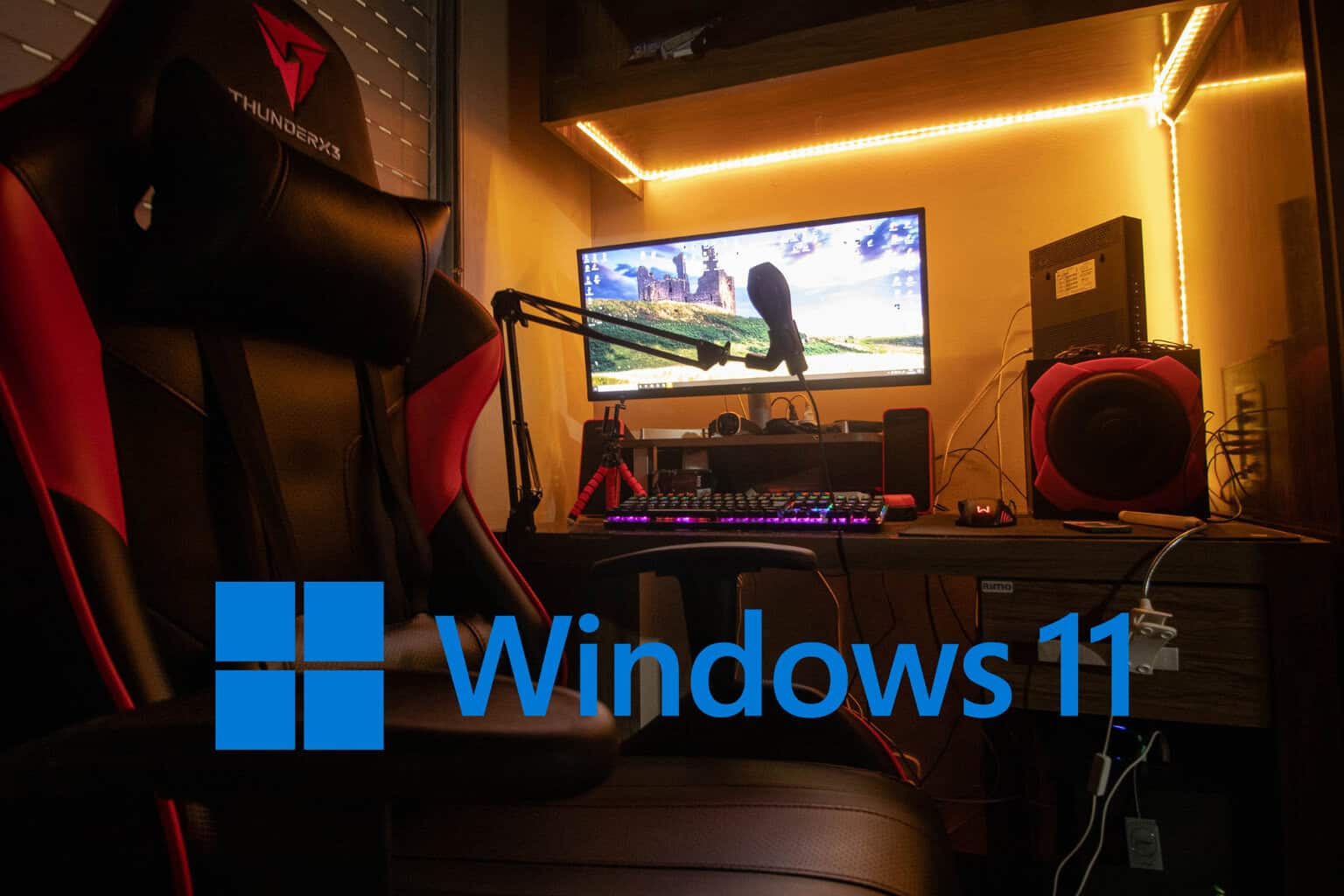
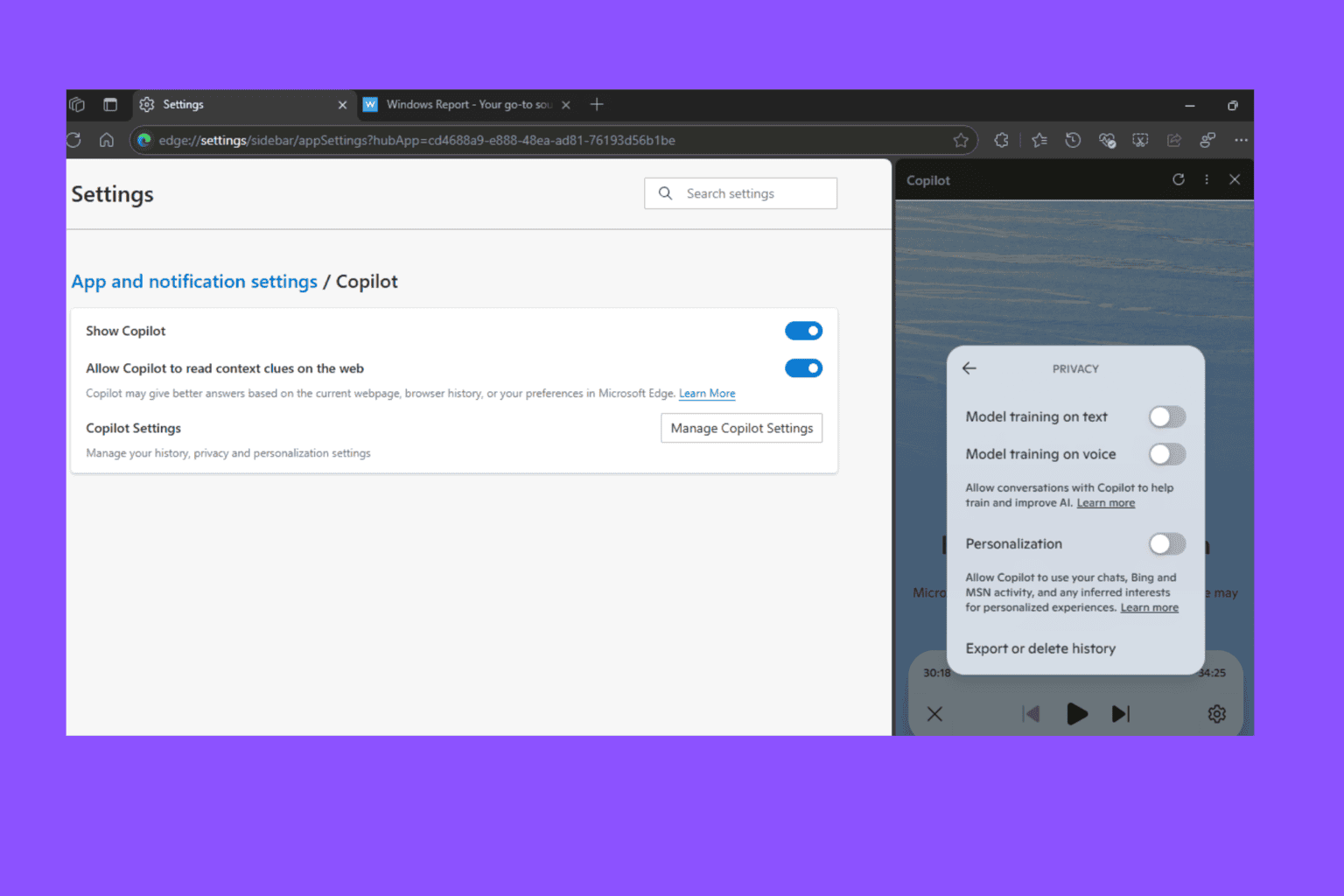
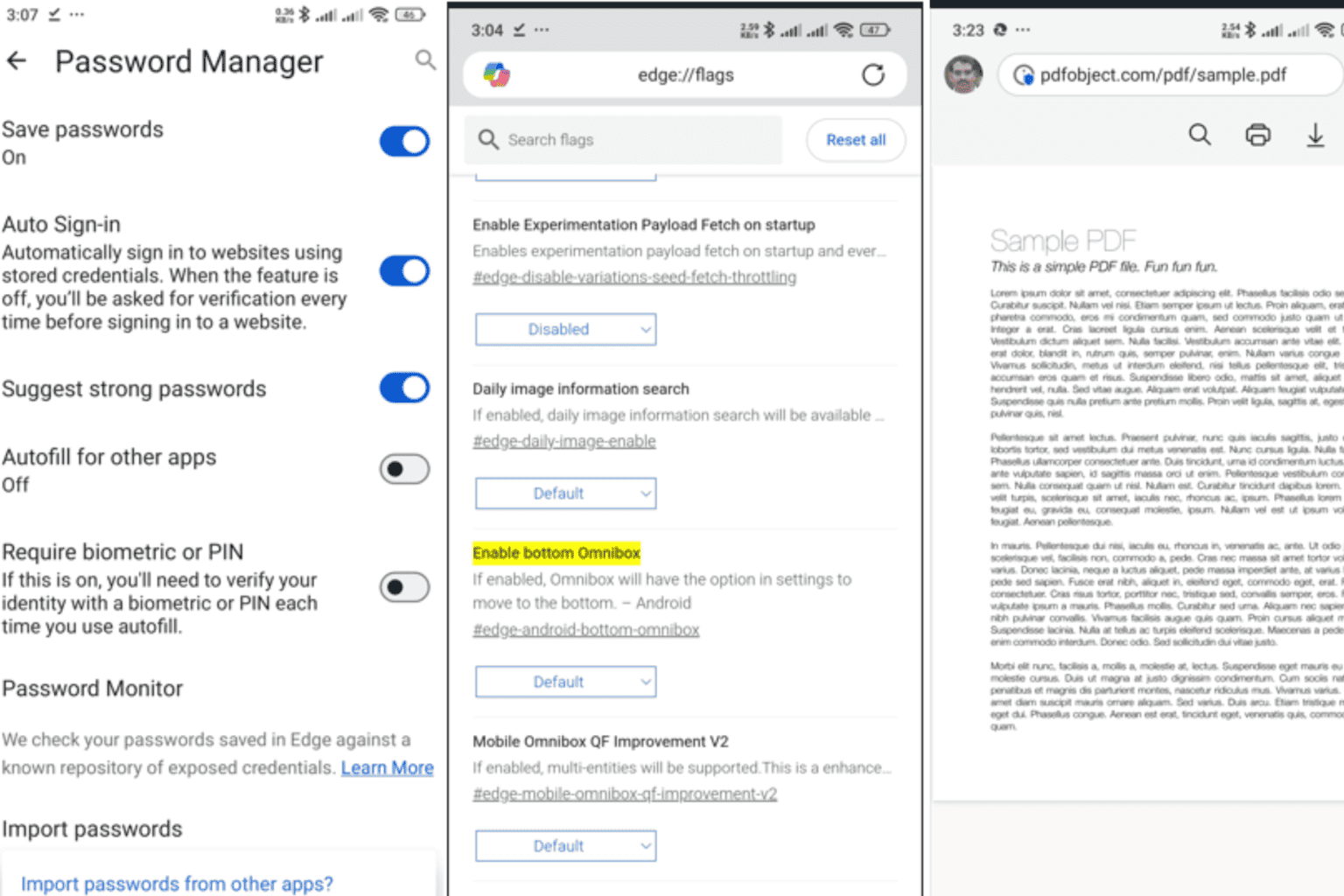

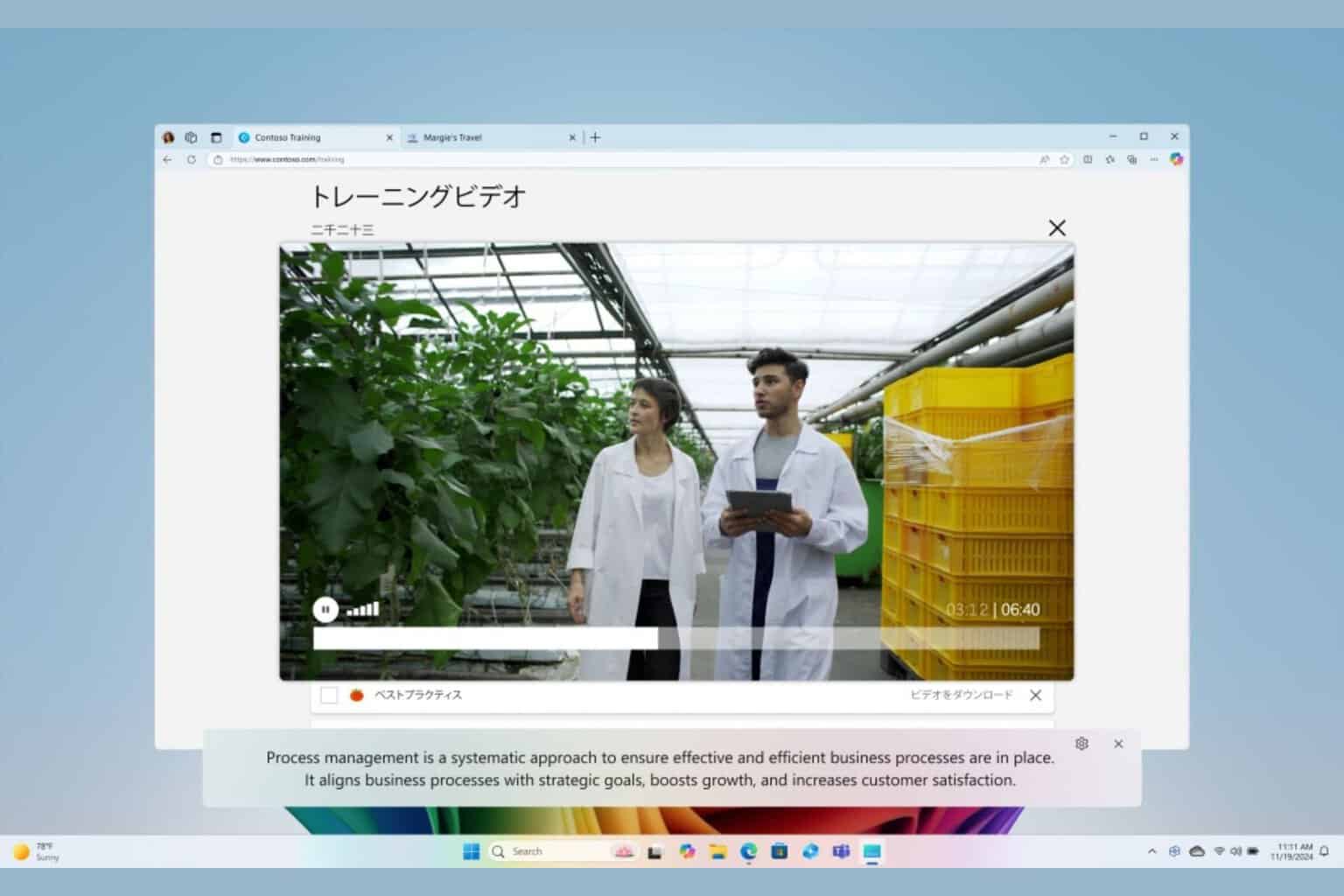
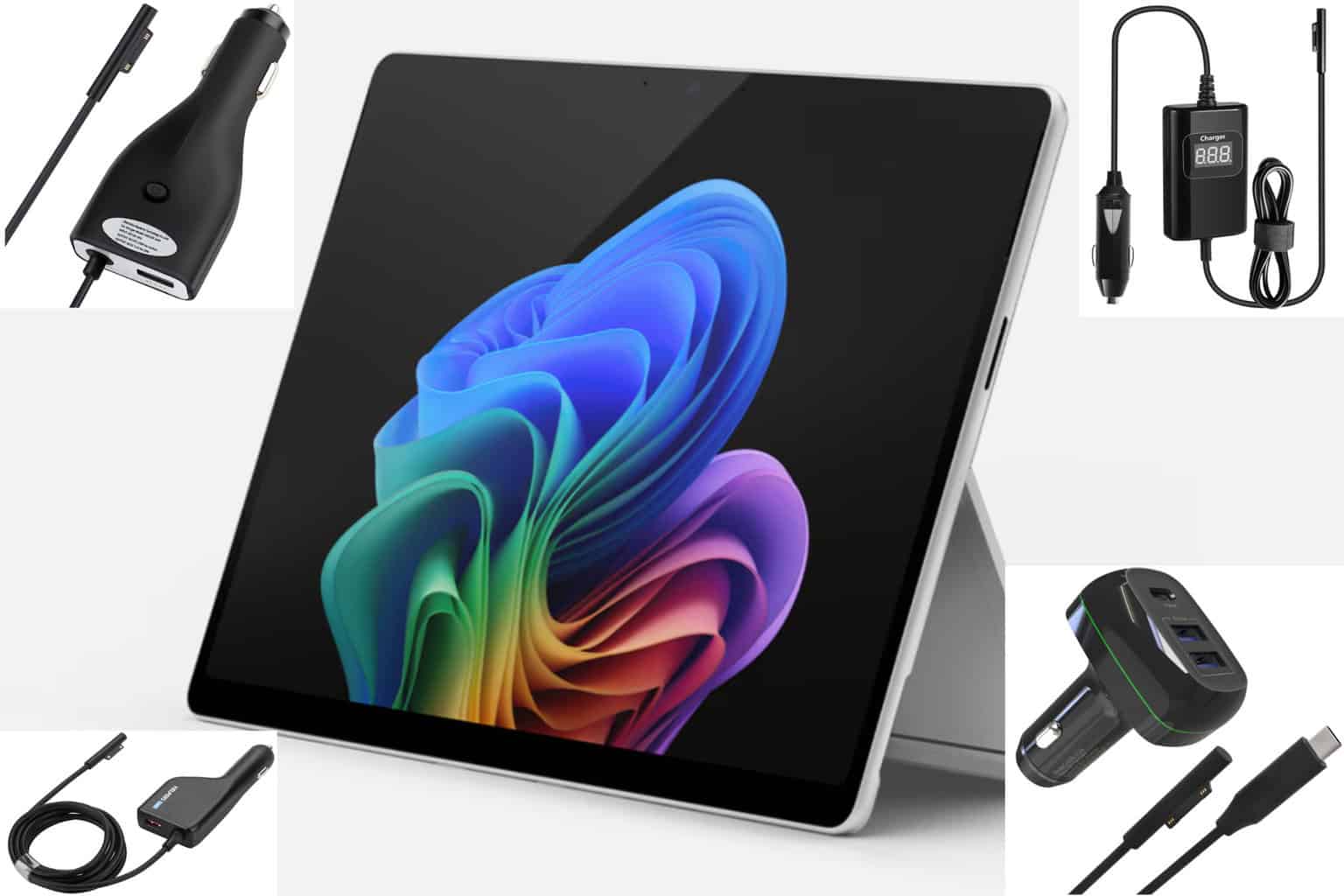


User forum
0 messages